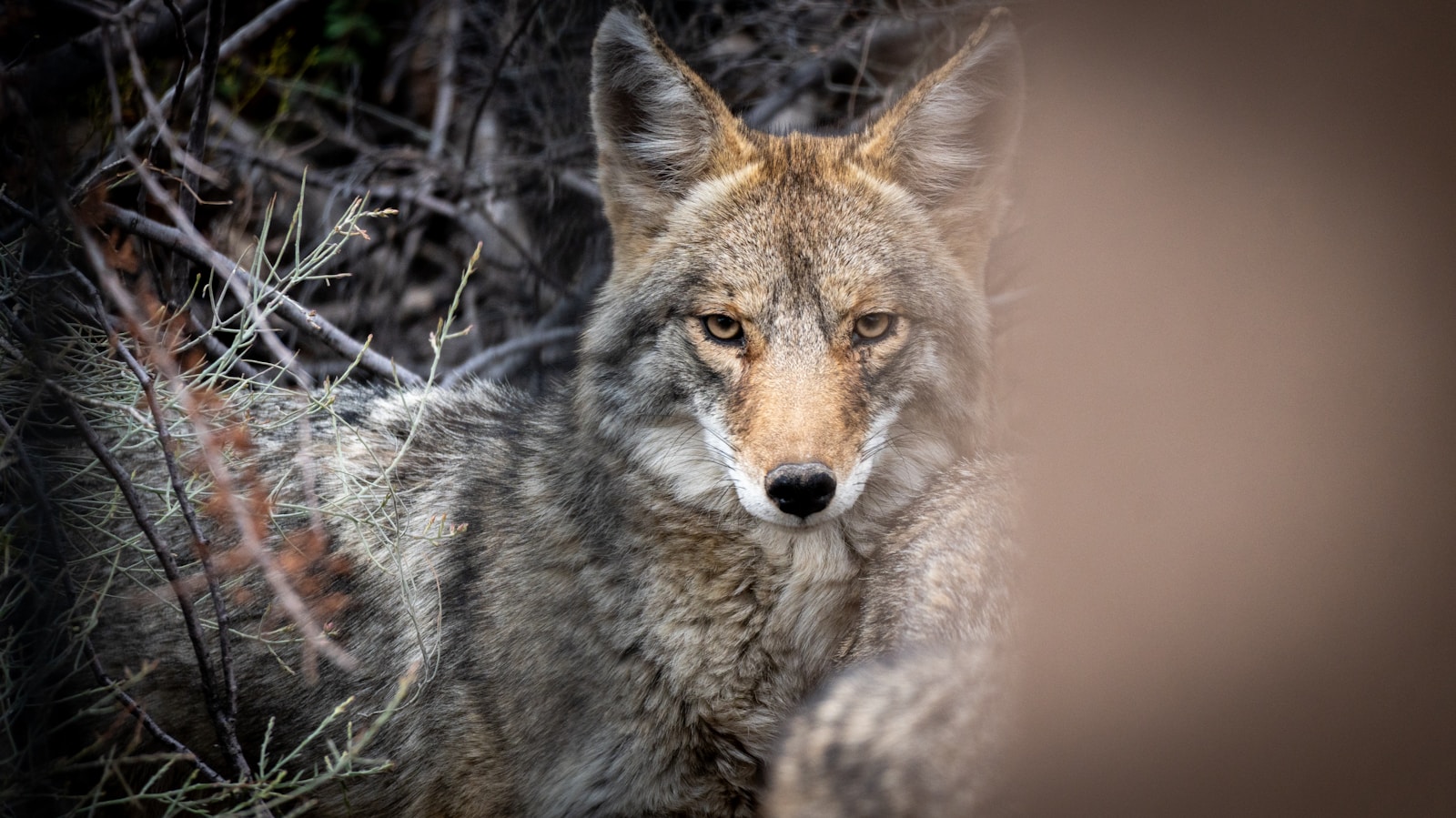In the complex symphony of forest ecosystems, few players conduct the orchestra quite like the wolf. These apex predators do far more than simply hunt for survival; they shape entire landscapes through what ecologists call trophic cascades – ecological ripple effects that travel from the top of the food chain down to the smallest organisms. When wolves hunt deer, elk, and other herbivores, they don’t just reduce those populations numerically. They change prey behavior, vegetation patterns, and ultimately the physical geography of their environments. Today’s forests face unprecedented challenges from human development, climate change, and resource extraction. Understanding the crucial balancing role wolves play has never been more important for conservation efforts and ecological restoration in our treasured forested parks.
The Historical Relationship Between Wolves and Forest Ecosystems
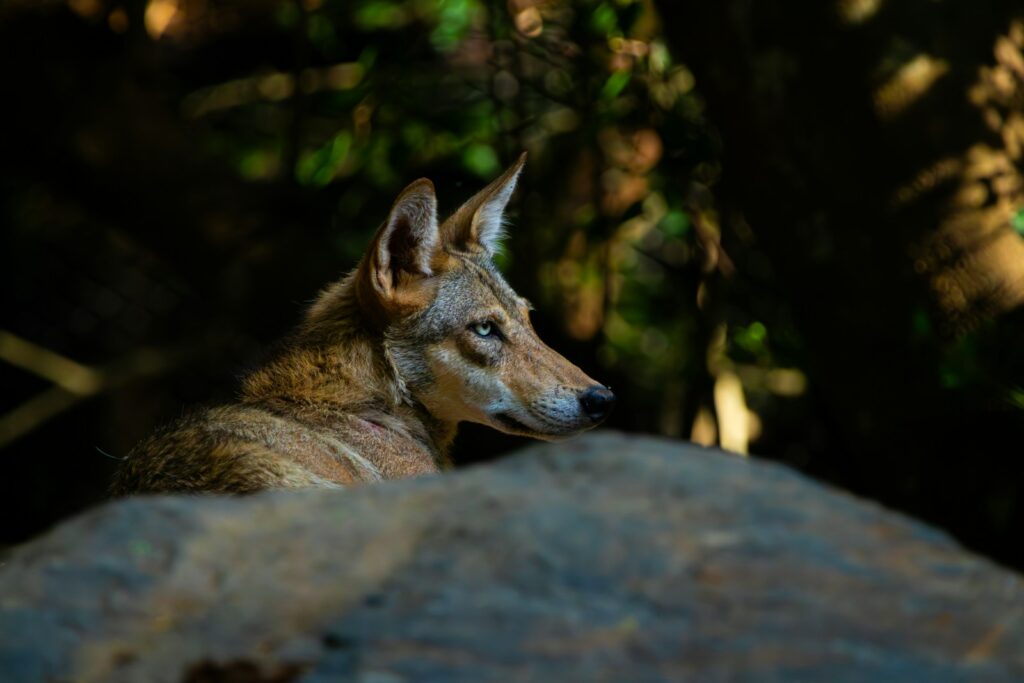
Wolves and North American forests evolved together over thousands of years, developing an intricate ecological relationship long before human intervention. Native American cultures recognized this relationship, often regarding wolves as important spiritual beings that maintained balance in nature. Before European colonization, an estimated 250,000-500,000 wolves roamed across what would become the United States, naturally regulating prey populations across diverse landscapes. The widespread eradication campaigns of the 19th and early 20th centuries that eliminated wolves from approximately 95% of their historical range in the lower 48 states created ecological voids that scientists are still studying today. These historical perspectives give us valuable context for understanding why wolf reintroduction programs have become critical components of modern forest ecosystem management strategies.
The Science of Trophic Cascades
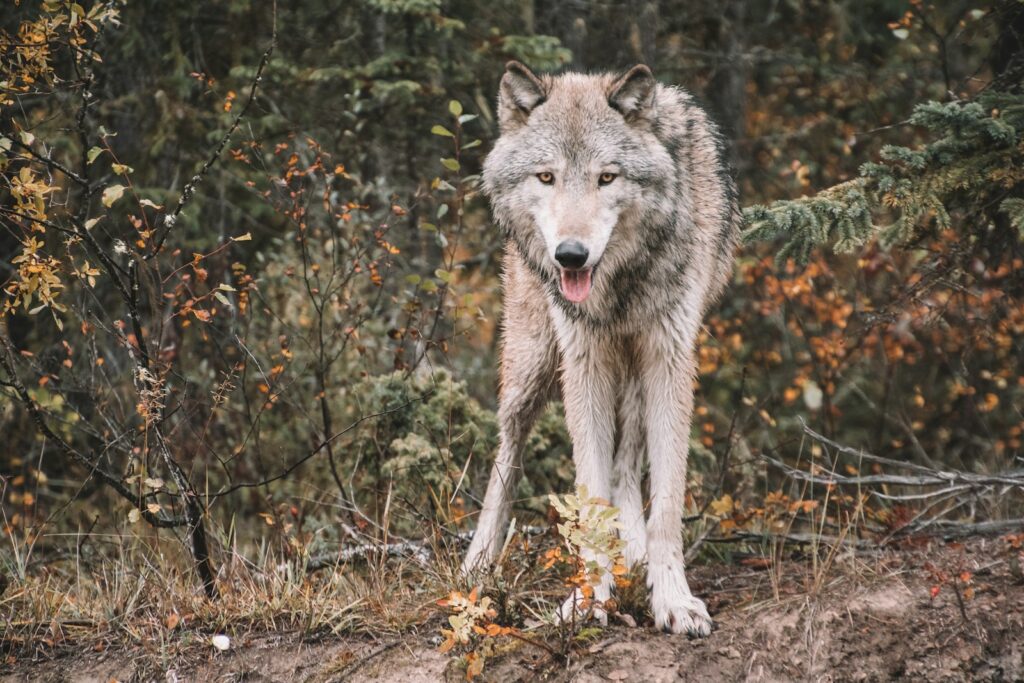
Trophic cascades represent one of ecology’s most fascinating phenomena, where changes at the top of the food chain trigger reverberating effects throughout an entire ecosystem. When wolves hunt ungulates (hoofed mammals like deer and elk), they initiate a cascade that extends beyond simple predator-prey relationships. These cascades operate through both density-mediated effects (directly reducing prey numbers) and behaviorally-mediated effects (changing where and how prey animals move and feed). Research from Yellowstone National Park has provided perhaps the clearest documentation of this process, showing how wolf reintroduction led to reduced elk browsing pressure, which allowed aspen and willow regeneration, which subsequently improved habitat for beavers and songbirds. This ecological chain reaction demonstrates why predators like wolves are considered “keystone species” – organisms that have disproportionately large effects on their environments relative to their abundance.
Wolf Hunting Strategies and Prey Selection
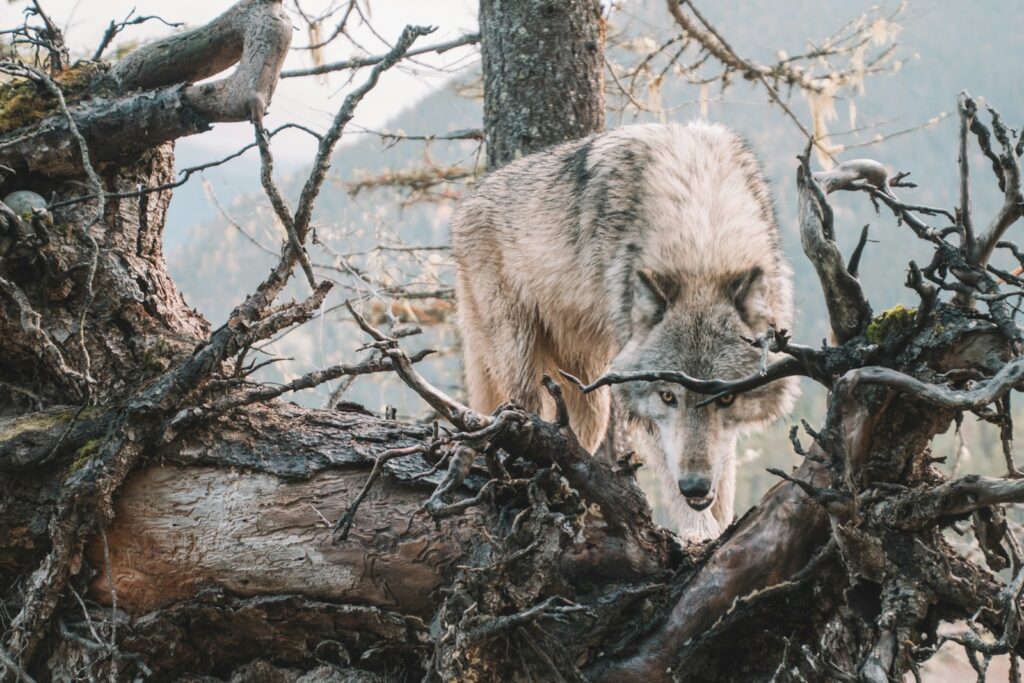
Wolves employ sophisticated cooperative hunting techniques that have evolved specifically to target particular prey animals efficiently. A typical wolf pack hunts as a coordinated unit, often selecting prey individuals that are easier to capture – the young, old, sick, or injured – which provides a natural form of population quality control among herbivores. This selective predation differs significantly from human hunting, which often targets the largest, healthiest individuals, and from random mortality factors like severe weather or disease. Studies in the Greater Yellowstone Ecosystem have shown that wolf kills of elk are nutritionally and energetically expensive, requiring calculated risk assessment by the pack. The selective nature of wolf predation helps maintain the genetic health of prey populations by removing less fit individuals while allowing the strongest to reproduce, creating an evolutionary pressure that strengthens prey species over generations.
Direct Population Control of Herbivores
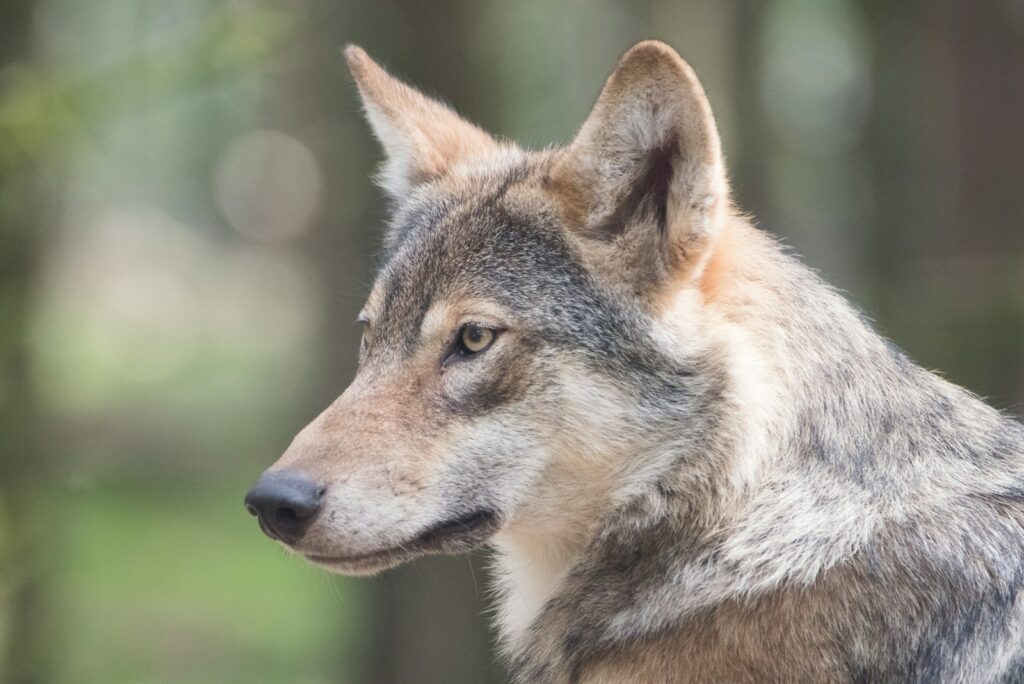
The most obvious way wolves balance prey populations is through direct predation, which prevents ungulate populations from exceeding their habitat’s carrying capacity. In systems without predators, herbivore populations can experience boom-and-bust cycles, growing until they overexploit vegetation resources and then suffering mass starvation during harsh conditions. Research in Isle Royale National Park over more than 60 years has provided one of the longest-running predator-prey studies, documenting the population fluctuations between wolves and moose on this isolated island ecosystem. The study revealed that when wolf numbers declined due to inbreeding and disease, moose populations surged, leading to habitat degradation and eventually nutritional stress among the moose themselves. This natural experiment demonstrates how wolf predation provides a regulatory service that helps prevent the destructive impacts of herbivore overpopulation on forest vegetation.
The “Landscape of Fear” Effect
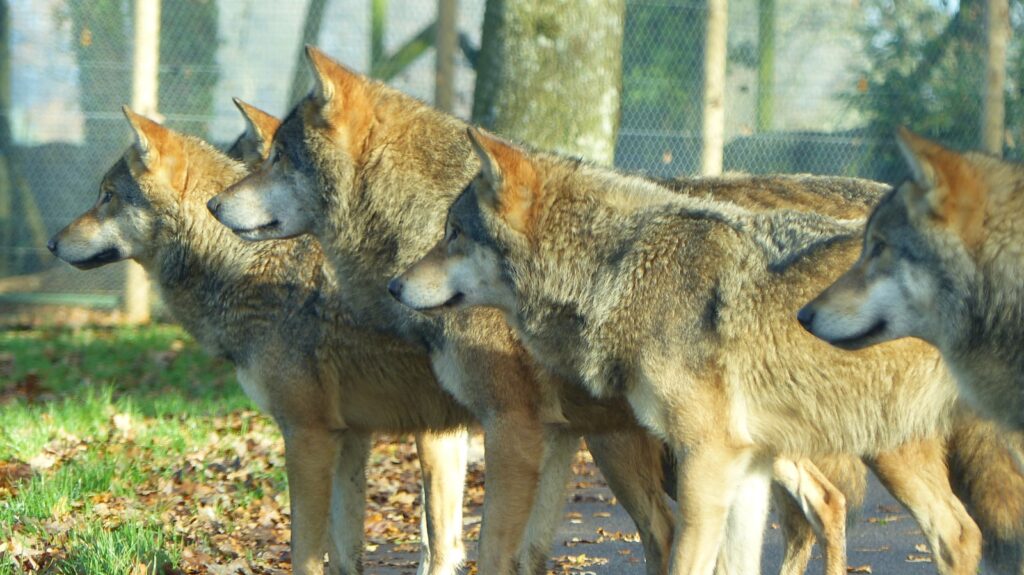
Perhaps more subtle but equally important than direct predation is the “landscape of fear” wolves create, altering prey behavior in ways that reshape entire ecosystems. When wolves are present, prey species like elk and deer become more vigilant and change their habitat use patterns, often avoiding certain high-risk areas where they’re vulnerable to predation. In Yellowstone, researchers documented how elk began avoiding riparian (streamside) areas after wolf reintroduction, allowing previously over-browsed vegetation to recover. This behavior change created what ecologists call a “behaviorally mediated trophic cascade,” where the mere risk of predation – not just predation itself – triggered ecological changes. The resulting mosaic of heavily-browsed and lightly-browsed areas increases habitat diversity and creates ecological niches for many other species. This phenomenon demonstrates that predators like wolves contribute to ecosystem health not just by how many prey they kill, but by how they change prey behavior across the landscape.
Vegetation Recovery and Forest Regeneration
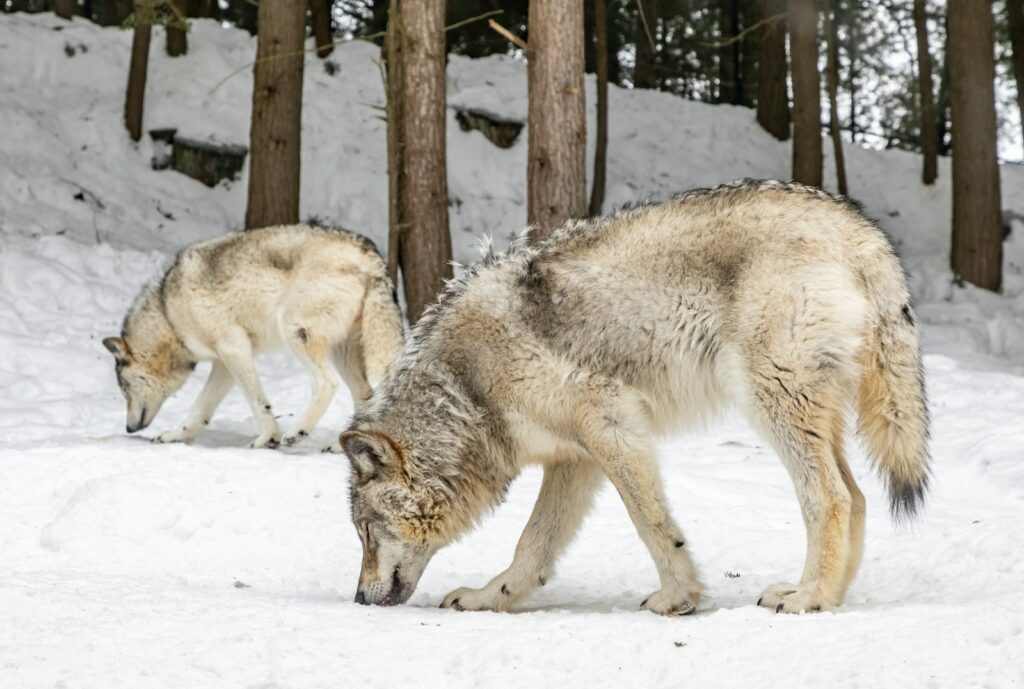
One of the most visible impacts of wolf-mediated population balance is the recovery of vegetation in previously over-browsed forest ecosystems. When herbivore populations remain unchecked without predators, they can severely impact forest regeneration by consuming young saplings before they can grow tall enough to escape browsing pressure. Following wolf reintroduction to Yellowstone in 1995-1996, researchers documented significant increases in the height and coverage of aspen, cottonwood, and willow in areas where these plants had been suppressed for decades by intensive elk browsing. These recovering plant communities provide critical habitat for numerous bird species, small mammals, and insects that had declined during the wolf-free period. The resulting increase in plant biomass also enhances carbon sequestration, demonstrating how predator restoration can have climate-positive impacts in forest ecosystems beyond just wildlife management.
Riparian Zone Restoration and Watershed Health

Streamside areas, known as riparian zones, have shown particularly dramatic responses to wolf-mediated behavioral changes in herbivores. Prior to wolf reintroduction in places like Yellowstone, many streams suffered from eroded banks and reduced vegetation due to intensive elk browsing. When wolves returned and created the “landscape of fear” that discouraged elk from lingering in these vulnerable areas, willow and other riparian vegetation experienced remarkable recovery. This vegetation stabilizes stream banks, filters runoff, provides shade that cools water temperatures, and creates habitat complexity that benefits fish populations. Researchers have documented how this recovery has improved water quality parameters in affected watersheds, demonstrating that wolf-driven trophic cascades extend beyond terrestrial systems into aquatic ecosystems. The restoration of beaver populations following riparian vegetation recovery further enhances these benefits, as beaver dams create wetland habitats and improve water storage capacity across the landscape.
Influences on Other Carnivore Populations
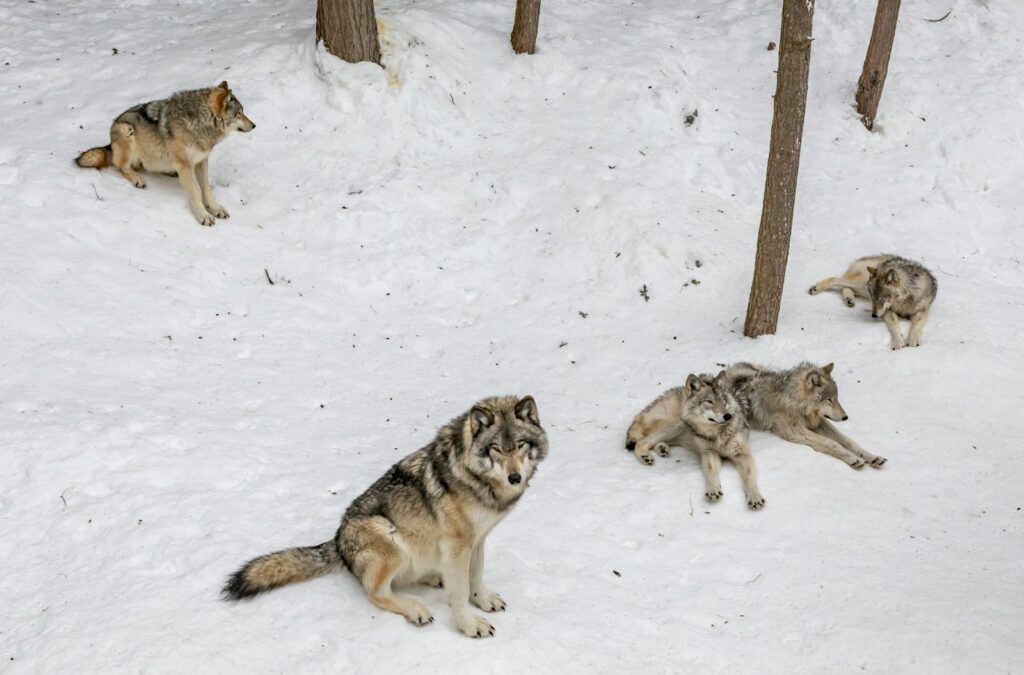
Wolves don’t just affect their prey; they reshape entire carnivore communities through competition and facilitation relationships with other predators. As apex predators, wolves can suppress populations of mesopredators (medium-sized predators) like coyotes, which in turn affects smaller predators and prey species further down the food web. In Yellowstone, coyote densities decreased by approximately 50% in areas recolonized by wolves, leading to changes in small mammal communities that these mesopredators typically controlled. Conversely, wolves provide scavenging opportunities for other carnivores and birds through their kills, as wolves typically consume only 70-80% of their prey, leaving substantial resources for species like ravens, eagles, bears, and foxes. This provisioning role creates a complex relationship where wolves both compete with and support other carnivore populations, contributing to greater biodiversity and a more resilient predator community structure.
Disease Control in Prey Populations
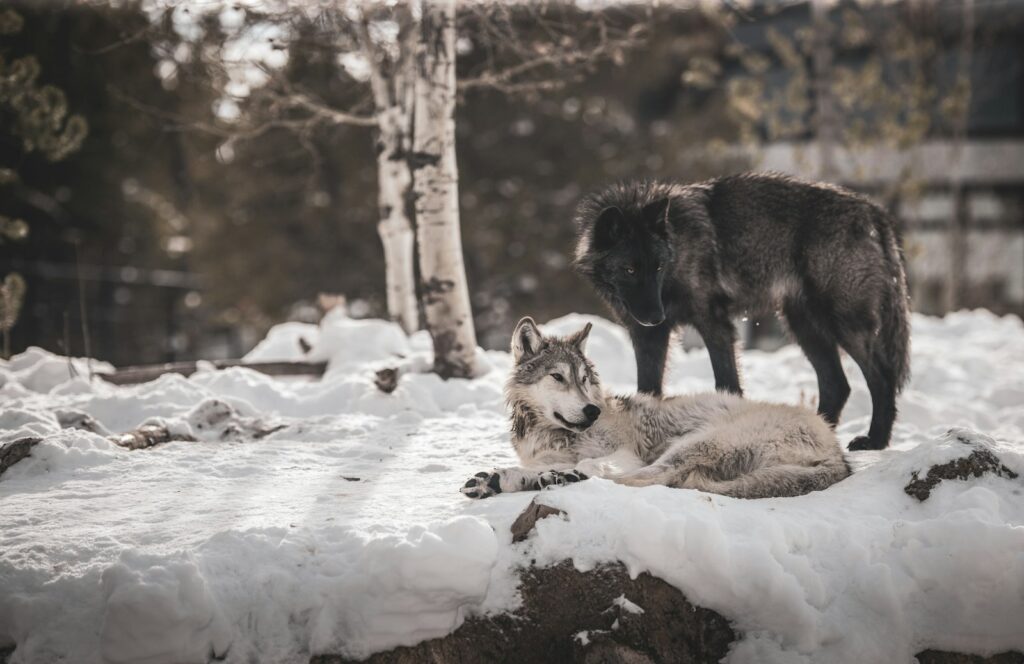
Beyond numerical and behavioral control, wolves provide an important ecosystem service through the selective removal of diseased individuals from prey populations. Wolves are particularly adept at identifying and targeting animals showing symptoms of illness, removing potential disease vectors before they can spread infections throughout herds. This natural culling may help limit the spread of conditions like chronic wasting disease (CWD), a fatal prion disease affecting deer, elk, and moose that has become a significant concern for wildlife managers across North America. Research in areas with healthy wolf populations suggests lower prevalence of certain diseases in prey populations compared to areas without large predators. This disease control function represents another way wolves contribute to the long-term health and resilience of prey populations beyond simple numerical regulation, potentially reducing the need for human management interventions to control wildlife diseases.
Balancing Act: When Wolf Populations Themselves Need Management
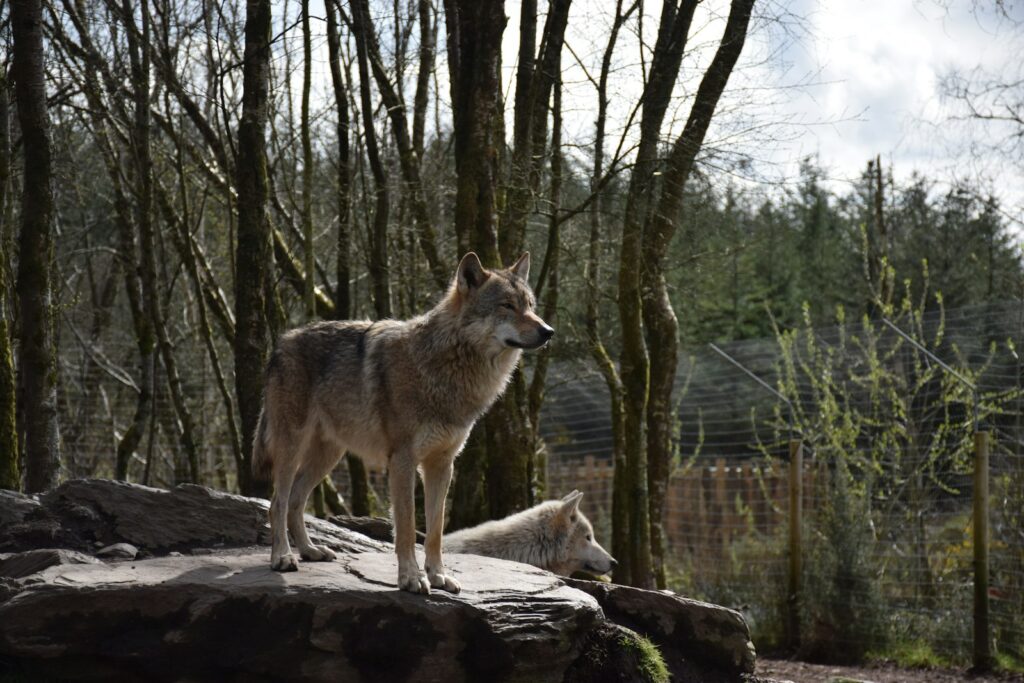
While wolves play a crucial balancing role in forest ecosystems, their own populations require monitoring and sometimes management to maintain ecological equilibrium. When wolf populations exceed certain thresholds, they can experience intense intraspecific competition, leading to increased wolf-wolf conflict and territory compression. In areas with significant human presence, high wolf densities can also increase human-wildlife conflict through livestock predation or competition with hunters for game animals. Wildlife managers must carefully consider these factors when developing wolf management plans, often using adaptive management approaches that respond to changing conditions. The most successful management strategies incorporate stakeholder involvement, scientific monitoring, and flexible response protocols that recognize the dynamic nature of predator-prey relationships. Finding this balance requires acknowledging that human values and perspectives on wolves vary widely, making wolf management as much a social challenge as an ecological one.
Reintroduction Success Stories and Lessons Learned
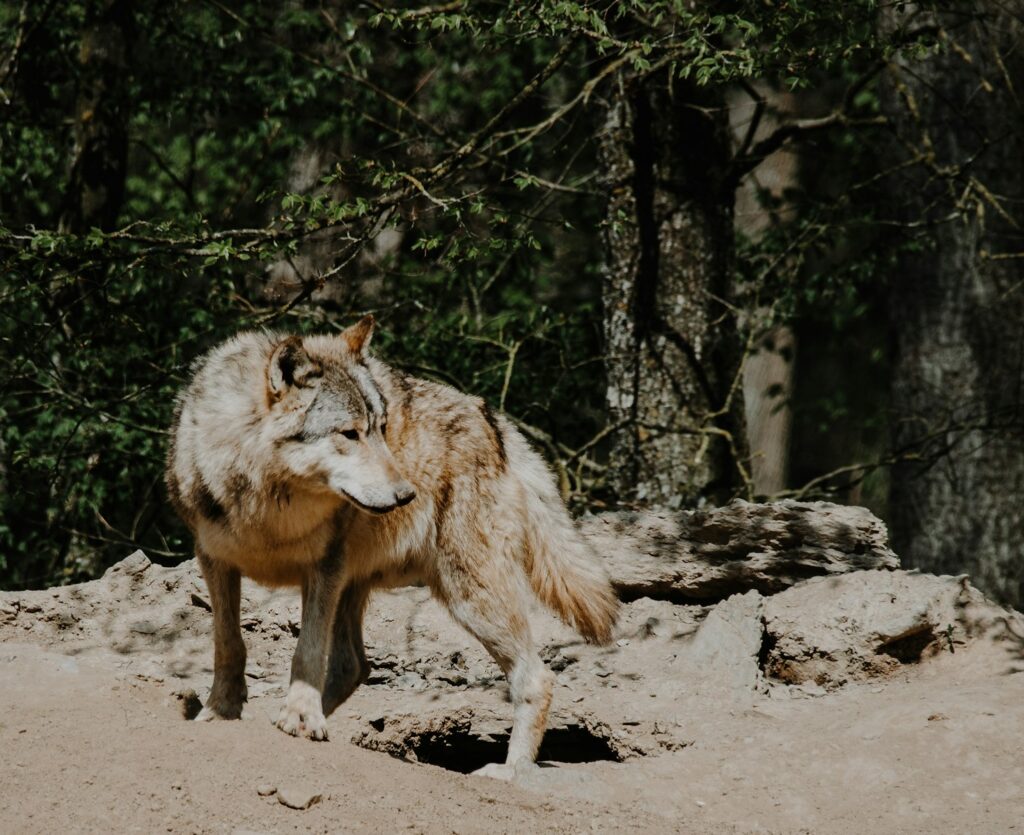
Wolf reintroduction programs have provided valuable natural experiments that demonstrate how these predators restore balance to forest ecosystems. Yellowstone National Park’s 1995-1996 reintroduction of 31 Canadian wolves has transformed into one of conservation biology’s most celebrated success stories, with the population stabilizing around 100 wolves that maintain approximately 10 packs within the park boundaries. Beyond ecological benefits, this program has generated significant economic value through wildlife tourism, with wolf watching contributing an estimated $35 million annually to local economies around Yellowstone. Similar positive outcomes have emerged from wolf recovery in the Great Lakes region, where natural recolonization has established over 4,000 wolves across Minnesota, Wisconsin, and Michigan. These success stories offer lessons for future reintroduction efforts, highlighting the importance of adequate habitat protection, genetic diversity in founding populations, public education, and stakeholder engagement throughout the reintroduction process.
Climate Change Resilience and the Role of Wolves
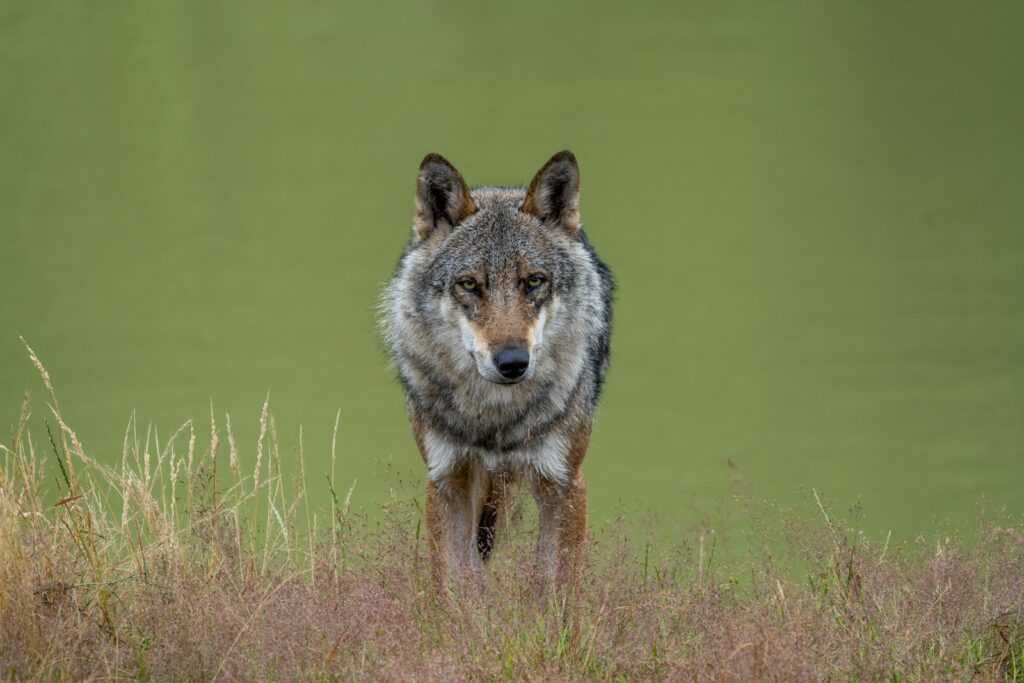
As climate change intensifies, healthy predator-prey relationships may become increasingly important for maintaining resilient forest ecosystems. When wolves help prevent ungulate overpopulation, they indirectly protect vegetation that serves as carbon sinks and provides climate buffering through shade, moisture retention, and soil stabilization. Research suggests that predator-driven trophic cascades may help forests adapt to changing climate conditions by maintaining diverse plant communities that can respond differently to variable weather patterns. The landscape heterogeneity created by wolf-altered browsing patterns increases overall ecosystem resilience, potentially helping forests withstand climate-related disturbances like drought, fire, and insect outbreaks. Additionally, the riparian zone recovery facilitated by wolves improves watershed function and water retention, critical factors for forest health under projected climate scenarios that include more frequent drought conditions and irregular precipitation patterns.
Future Directions for Wolf-Based Ecosystem Management
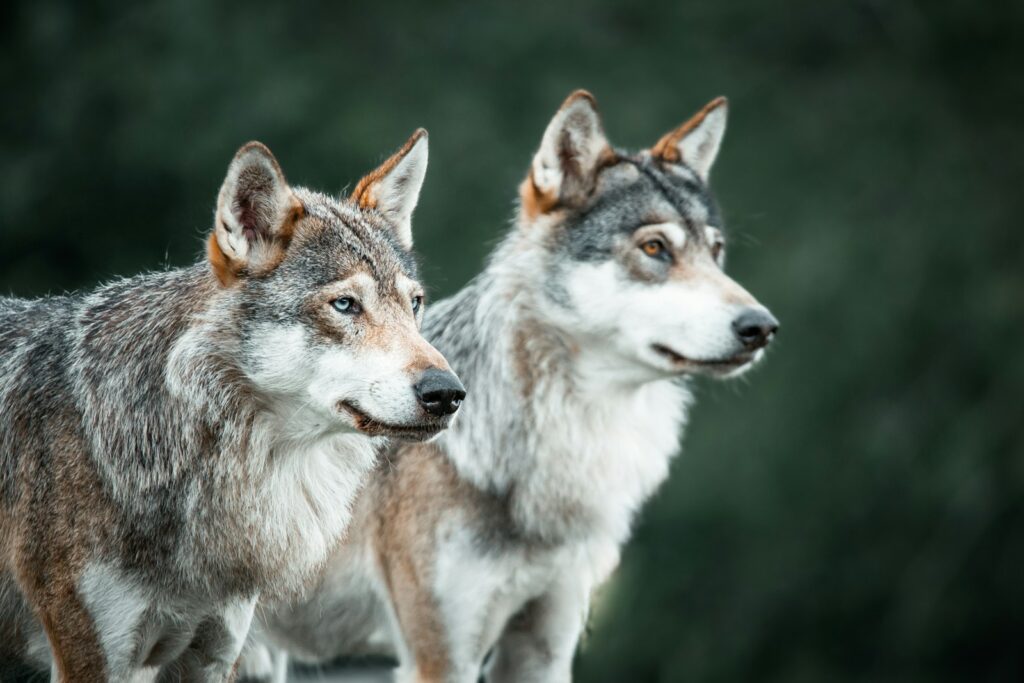
Looking forward, wildlife managers and conservation biologists are developing more sophisticated approaches to incorporating wolves into holistic ecosystem management strategies. Advanced GPS tracking technologies now allow unprecedented insights into wolf movement patterns, hunting behaviors, and territorial dynamics, informing more precise management interventions. Genetic monitoring techniques help maintain population health by identifying potential inbreeding concerns or important dispersal corridors between subpopulations. Integrated management approaches increasingly recognize that wolf populations cannot be managed in isolation, but must be considered within the context of entire ecological communities, human land use patterns, and changing climate conditions. Emerging research on wolf behavioral ecology suggests that stable pack structures with experienced individuals may provide more predictable and beneficial ecological services than disrupted populations, highlighting the importance of minimizing unnecessary wolf mortality in management programs. As we continue to restore wolves to suitable habitats, these science-based approaches will help maximize their positive impacts on balancing prey populations while minimizing potential conflicts.
Conclusion
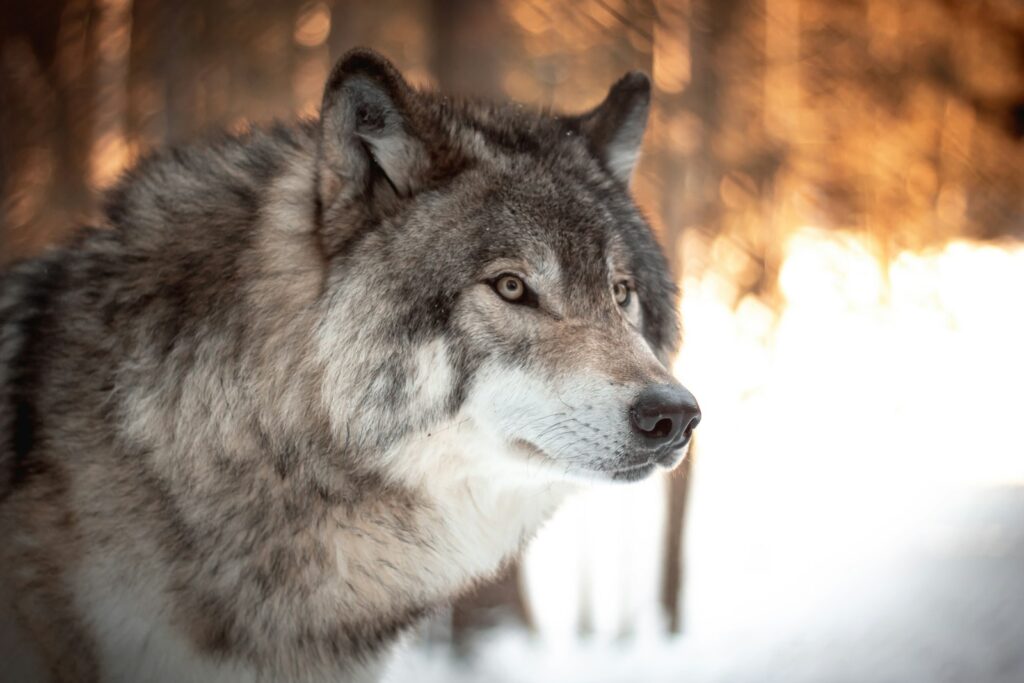
The story of wolves balancing prey populations in forested parks represents one of nature’s most elegant examples of ecological interconnectedness. Through direct predation, behavior modification, and cascading effects that ripple through ecosystems, wolves help maintain healthier, more diverse forests that benefit countless species – including humans. As we face unprecedented environmental challenges, the wolf reminds us that sometimes the best management approach is to restore nature’s own regulatory mechanisms. By protecting and restoring these apex predators to suitable habitats, we don’t just preserve an iconic species; we invest in the ecological processes that maintain the health and resilience of entire forest ecosystems for generations to come. The balance wolves bring to our forests isn’t just about predator and prey – it’s about recognizing that healthy ecosystems require all their parts, especially the top predators that help keep everything in harmony.

